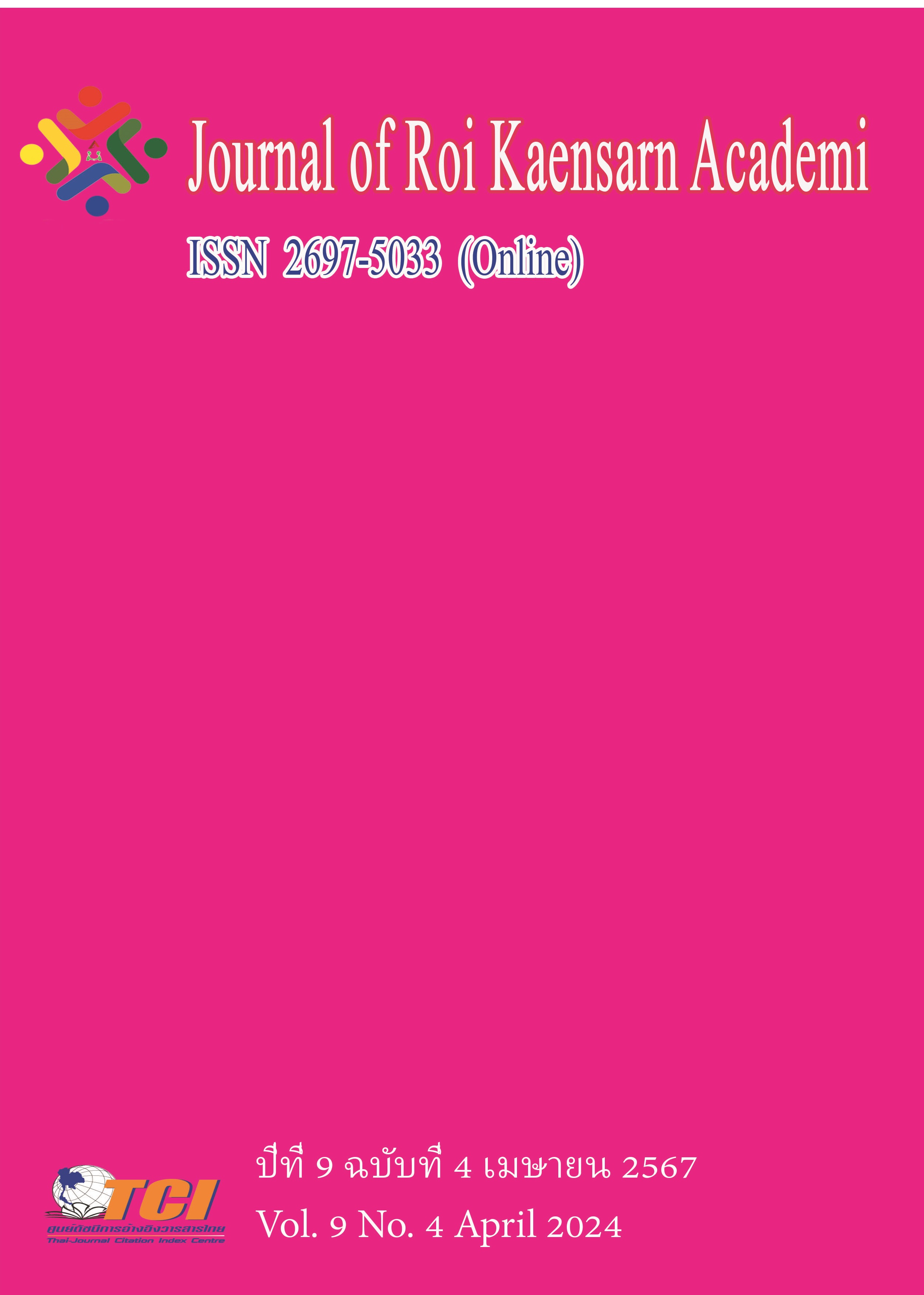The organic form of Thai plants: ceramic creation based on 3D printing technology
Main Article Content
บทคัดย่อ
This article investigates the organic forms of Thai plants based on 3D ceramic printing technology. Using Thai plants as samples, the article explores the artistic characteristics of organic forms using the tools of 3D ceramic printing technology combined with manual creation and studies the application characteristics of the technology. The article summarises the artistic characteristics based on organic forms with vessel modelling characteristics and parametric features through practice combined with theory. The article summarises the advantages and technical limitations regarding the industrial reproduction of 3D ceramic printing technology and proposes corresponding solutions.
Article Details
เอกสารอ้างอิง
Cao W. et al. (2022). Research Progress in 3D Printing Technology of Ceramics. Guangdong Chemical Industry. 49 (408), 82-84.
Jun Z. and Guoyong C. (2012). A comparative study of garden plants in Jinghong, Xishuangbanna, China and Chiang Mai, Thailand. Xiandai Horticulture. 16, 60.
Song L. et al. (2023). An Exploration of the "Plant-inspired Designs" in Traditional Chinese Ceramic Vessels. Ceramic Studies. 38 (155), 108-110.
Wenke w. and Yan R. (2021). A Comparative Study of Common Plant Ornaments in Ceramic Paintings between Thailand and China in the 15-16th Century — Taking Kilns in Northern Thailand as an Example. China Ceramics. 57 (4), 91-97.
Ximu C. (1995). Major Species of Garden Plants in Thailand. Journal of South China Agricultural University. 16 (1), 115-121.
Xueyan S. and Jianmin L. (2022). Application of plant bionics in domestic ceramic design. Ceramics. 107-109.
Yongyut T., Rajendra P. Shrestha and Roger K. (2002). Plant species vulnerability to climate change in Peninsular Thailand. Applied Geography. 31, 1106-1114.

